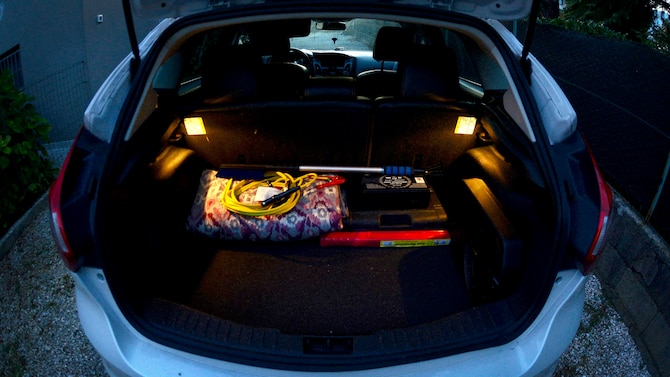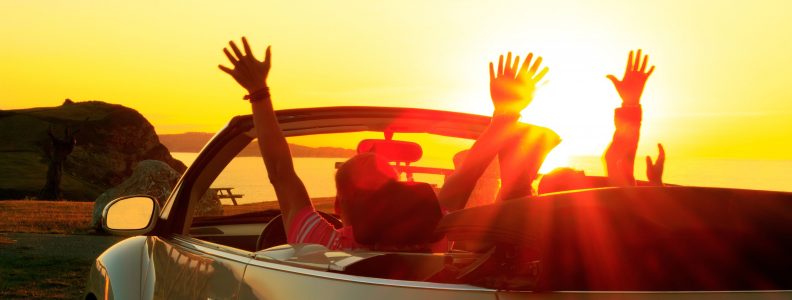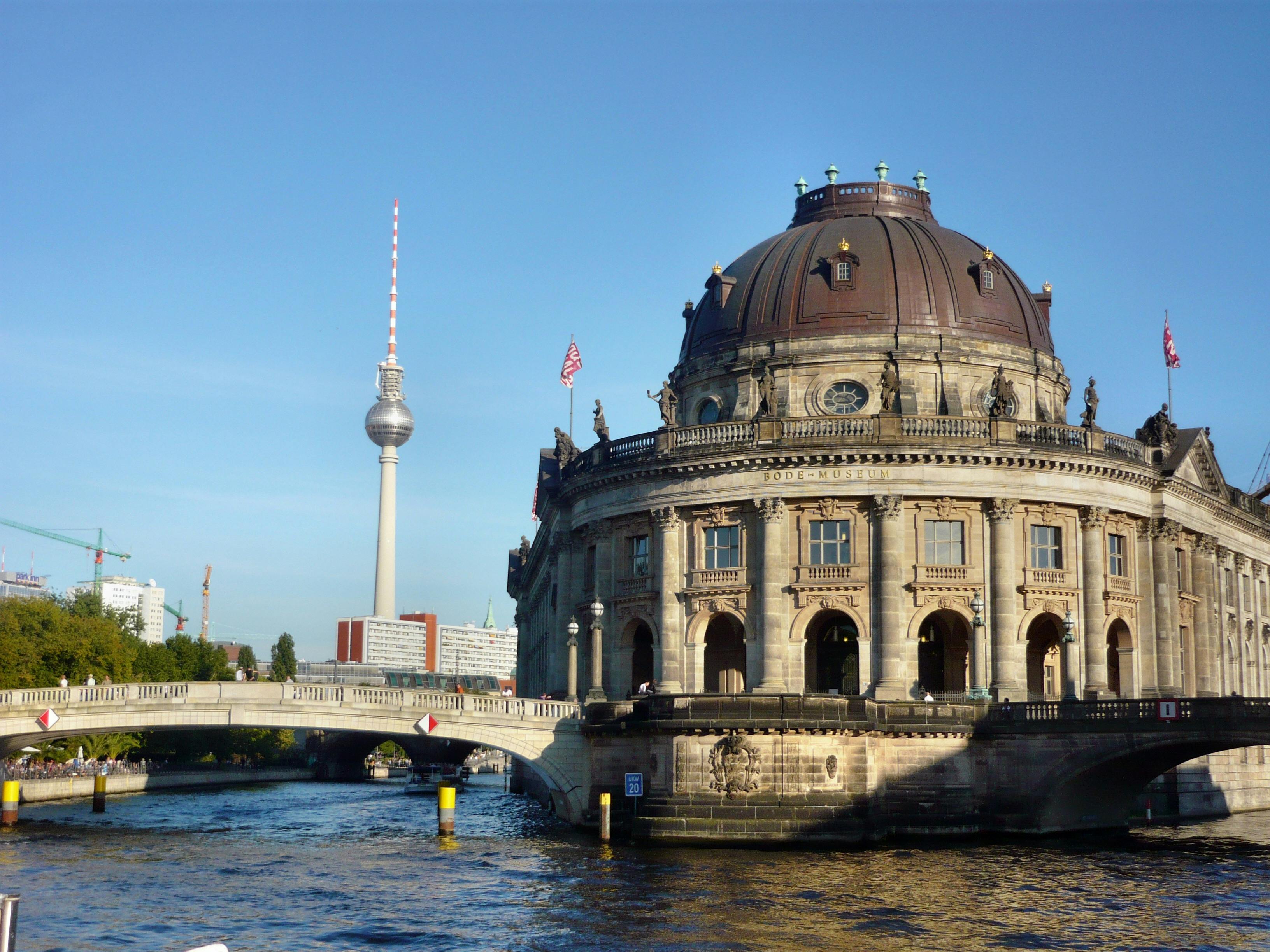Driving in Europe for the first one or two days can cause a great deal of trepidation. While Europe is known for its fast and reliable trains, you may choose to drive yourself. Must possess a personal car? Well, NO. Renting a car at 24 is another option for you. Having a car gives you more flexibility especially if you are travelling with children. Before taking your car with you, there are some laws and safety considerations you should know.
General driving tips
Driving is a little bit easy, although it might take you a little while to get used to driving on the right lane. In Europe, autobahns (freeways) have a speed limit. Most freeways/autostrades are three or four lanes in each direction. If you are driving in Europe, stick to the “slow lane” doing 160kph. Don’t struggle to keep up. Stick to the far right and allow the speed testers to use the other two lanes.
Allow enough time on your trip for inconveniences such as roadworks. You may also need more time to allow for cases when three lanes suddenly become one lane.
Specific driving guide
While driving in Europe, make sure that all the proper documents are in place. The documents include vehicle registration, insurance paperwork, and a valid UK license. If your car is older than three years, it might also be helpful if you had a MOT certificate.
You can also hire a car if you don’t feel like bringing your own. If you want to hire, research to know the countries that you are permitted to drive in. You will also need an official document that shows that you are allowed to drive the car you hired.
If you don’t have a modern European number plate for the car, you take with you, be sure to have GB stickers at the rear of your vehicle. All cars driving in Europe will need to have headlamps re-adjusted to make them suitable for moving to the right side of the road. This can be done using beam reflectors on the headlamp lenses.

It is a legal requirement that you must have an emergency kit box in your car while driving in Europe. A list of items in the car kit includes:
– First aid kit
– Warning triangle
– Reflective coat
– Fire extinguisher
– Spare bulb kit
While driving in Europe, be sure not to use radar speed detector devices. Police are particularly hot on this issue, and they have the power to confiscate such equipment. They can fine you at the spot. For this and other issues that may arise, it is wise to have local currency to pay the fines because if you don’t, the police will confiscate your car until you get to the nearest cash machine.

While all the guidelines are essential, it is very vital that you remember that in Europe people drive on the right side of the road. If you want to make sure that driving in Europe is not disrupted by inconveniences of finding a replacement car, consider renting a car at 24.



